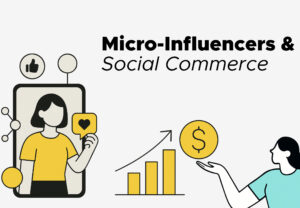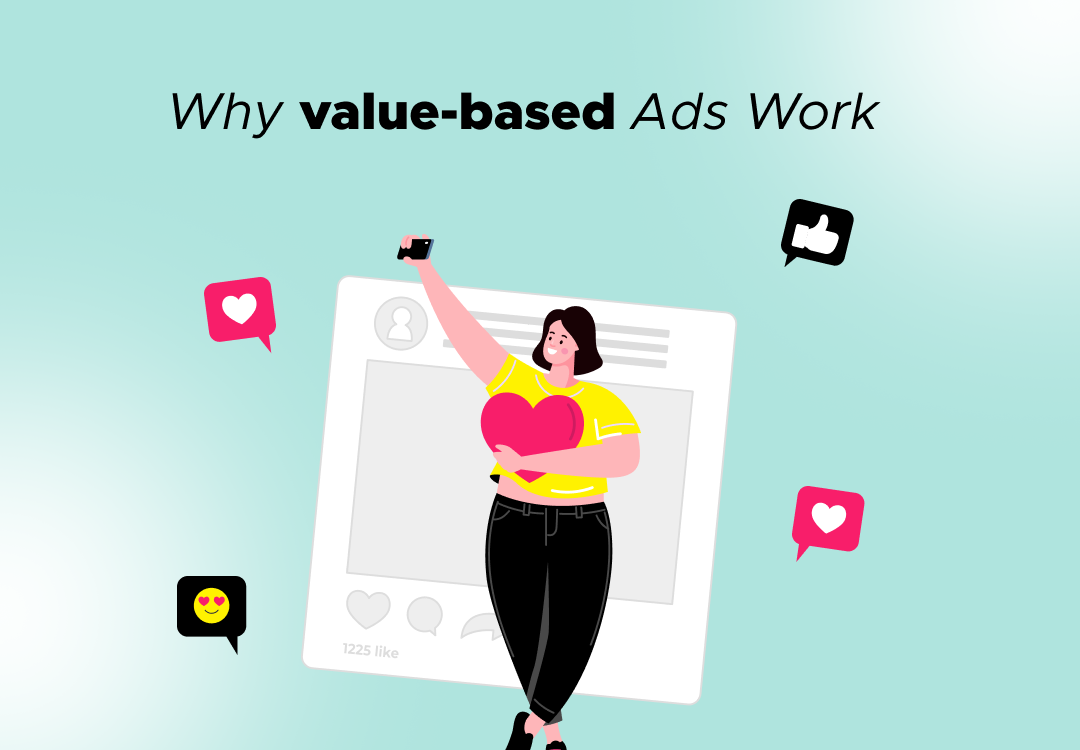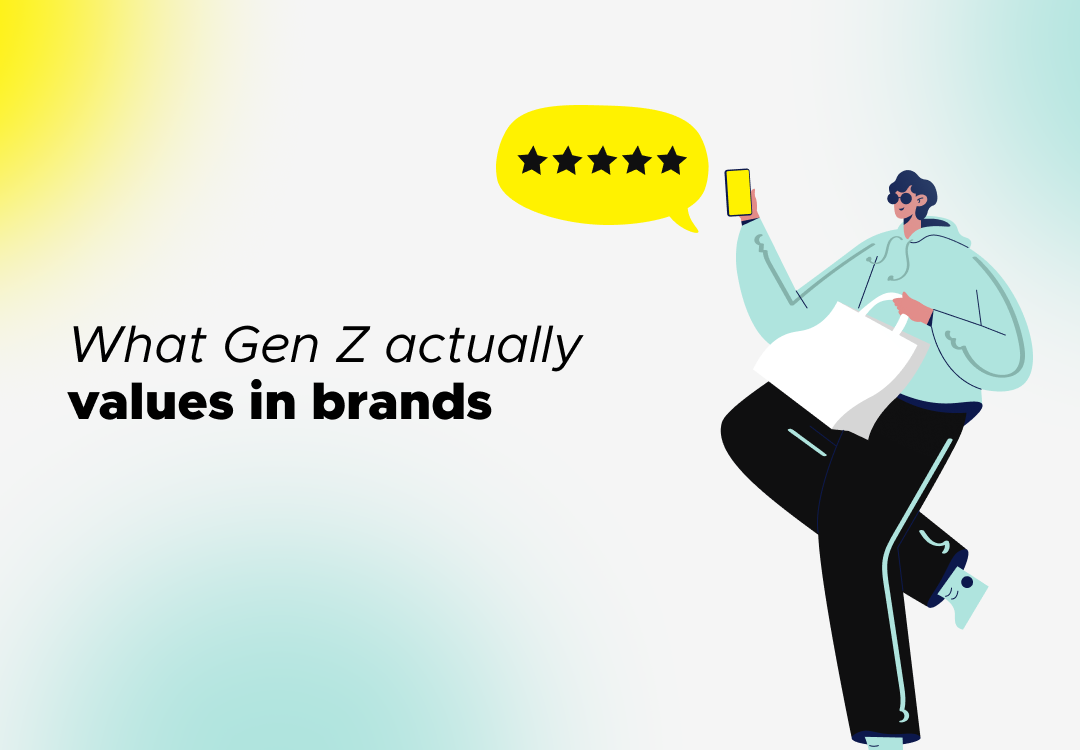Why Micro-Influencers Are More Effective for Social Commerce Than You Think
Micro-influencers are quietly powering the future of social commerce with stronger trust, higher conversions, and better ROI. This trend represents a strategic shift from broad-reach campaigns to deep-engagement partnerships, where personal recommendations from trusted community members drive purchasing decisions more effectively than traditional celebrity endorsements.
June 22, 2025

We have all heard “Go big or go home” but when it comes to social commerce, going small might just be your smartest move. While most brands still chase mega influencers with millions of followers, assuming reach equals results, micro-influencers with 10K to 100K followers are quietly driving the most powerful form of commerce online with trust-based buying. Why? Because today’s buyers don’t want to be influenced. They want to be understood. And micro-influencers do that better than anyone else.
Let’s break down why this shift is a strategic advantage hiding in plain sight.
1. They Don’t Sell a Lifestyle. They Live One.
Macro-influencers sell aspiration. Micro-influencers sell access. Their recommendations don’t feel like brand deals but rather tips from a friend who actually uses the product. That’s because they usually do. Their influence isn’t borrowed, it’s earned, day by day, through consistent sharing, responding, and showing up. Micro-influencers win because they blend into the feed. Their content feels less polished, more personal, and infinitely more believable. Their followers aren’t just passive viewers, they are part of a community. And that makes all the difference.
2. Clear Message, Low Noise.
Massive creators post daily to millions, but the message gets diluted. The audience is too broad and the context too shallow. Micro-influencers speak to a very specific, niche group like skincare junkies, DIY parents, plant collectors, minimalist travelers, etc. The content is focused. The insights are deep. And followers trust them. That targeted relevance translates directly into conversions because the buyers feel like this is for me.
📌 82% of consumers say they are more likely to follow a recommendation from a micro-influencer than a celebrity or macro-influencer.
3. They are Easier to Activate, Test, and Scale.
Working with a macro influencer is high-stakes because of a big budget, long lead time, and high risk. Micro-influencers let you test multiple voices, messages, and formats quickly. You can experiment with 10 creators in different niches, see what resonates, and then double down. That kind of agile learning is gold for DTC and social-first brands. Micro doesn’t mean limited, it means adaptable.
📌 Nearly half of marketers (47%) say micro-creators deliver successful results. In fact, nano-influencers (under 5K followers) see the highest engagement at 2.53%, while mega-influencers drop to just 0.92%, according to HypeAuditor.
Additionally, micro-influencers run like small businesses. They know what works. They optimize captions, test CTAs, and know their community like a CRM. This makes them smarter partners for brands. They aren’t just posting, they are co-building. They will give you honest feedback, content that converts, and deep insight into buyer behavior at the ground level. In short, along with amplifiers, they are effective collaborators.
4. Their Content Outperforms in Paid Campaigns
Currently, smart brands use micro-influencer content in their paid ads, and it works better than those professional shoots. It’s simply because user-generated-style content feels organic, especially in Reels, Stories, or TikTok. It doesn’t scream promotion, so people don’t scroll past it as quickly. CPMs drop, CTRs rise, and ROI improves. So even outside their own feed, micro-influencers boost your media performance. Also, micro-influencers are generally more cost-effective than macro-influencers, as they typically have lower rates. This means instead of spending $50,000 on one macro-influencer post, you can deploy 50 micro-influencers at $1,000 each, creating 50 different touchpoints with 50 highly engaged communities. This way, you are creating 50 authentic conversations with your target audience.
📌 On Instagram specifically, micro-influencer content converts 20% more than images from macro-influencers.
5. They Build Two-Way Relationships
See, mass marketing is dying. Personal commerce is rising. Micro-influencers scale what marketers have always chased, i.e., personal connections. When 50 creators each reach 10,000 niche followers with tailored messaging, the network effect is stronger, deeper, and more resilient than one macro shoutout to a million passive viewers. They reply to comments. They DM. They listen. This interaction creates a trust loop that social commerce needs most. Their promotions feel more like genuine recommendations than paid advertisements, and platforms are rewarding this authenticity with better reach. People seeing a product can ask questions, voice doubts, and get responses. That turns casual viewers into confident buyers.
The Future of Commerce Is Personal. Not Popular.
We have glamorized follower counts for too long. But now that attention is fragmented and trust is rare, the best marketers aren’t chasing scale, they are chasing depth. Micro-influencers may not own the spotlight. But they own something far more valuable, and that is the trust that drives action. Forget about those vanity metrics. Focus on building real relationships, getting genuine engagement, and making actual sales. Your micro-influencer strategy should be about connecting with the right communities that truly match your brand. So, rethink who you partner with. The small creators might just be your biggest growth engine.
Latest News ☕

Group 7: The viral TikTok trend rewriting creator marketing rules
October 28, 2025
What happens when a musician transparently tests TikTok's algorithm and accidentally creat...

The power of value-driven advertising and why it converts
October 25, 2025
Discover how value-driven advertising drives 79% higher conversions by aligning with demog...

What Gen Z expects from brands in 2025
October 23, 2025
Gen Z is forcing brands to rethink everything - from sustainability commitments to diversi...


